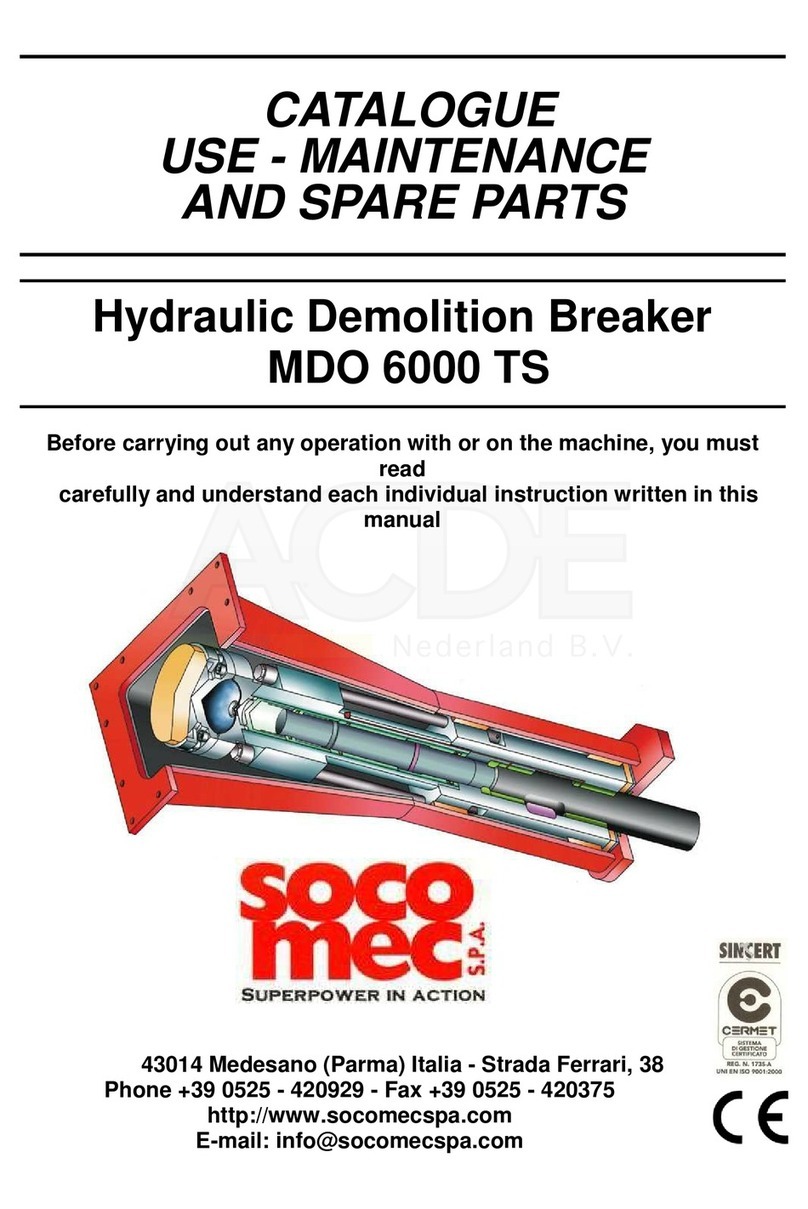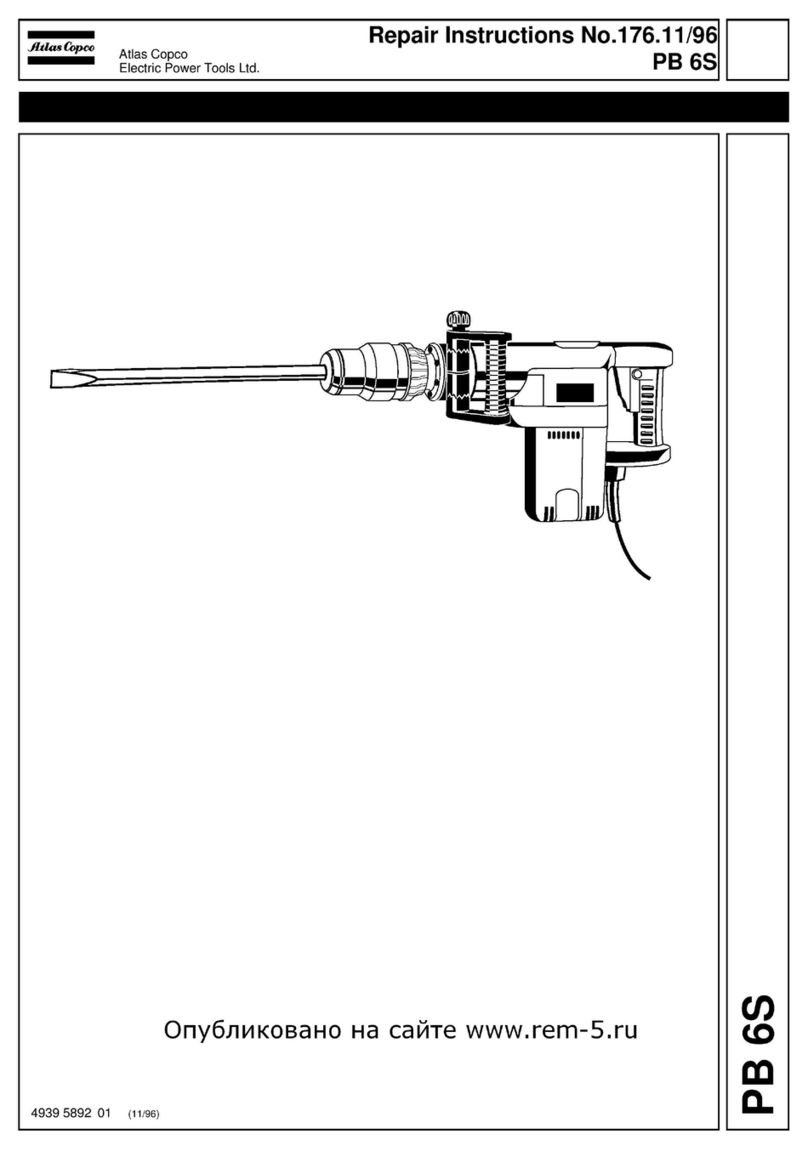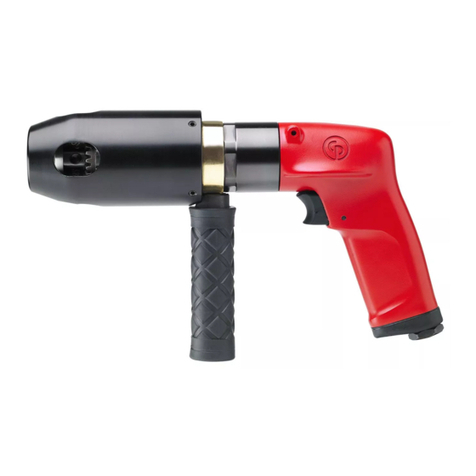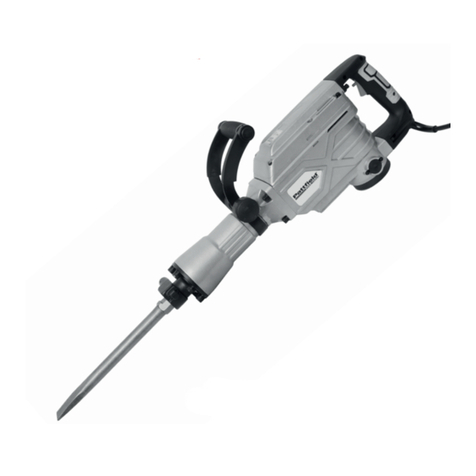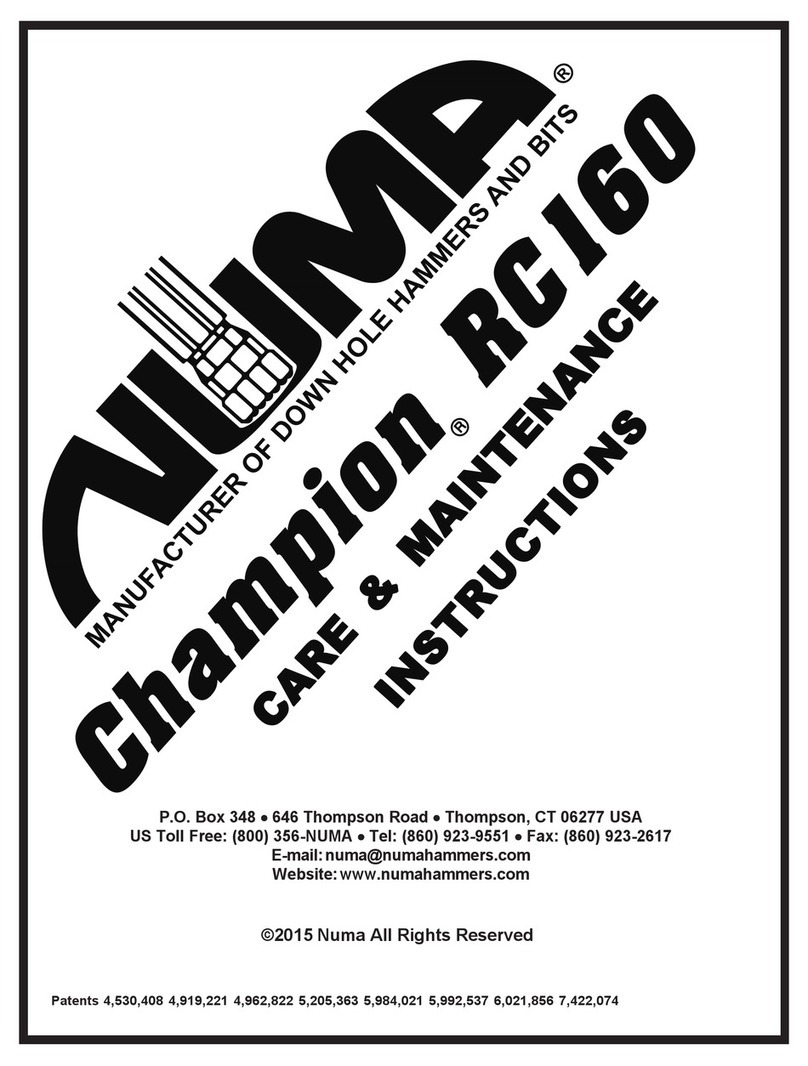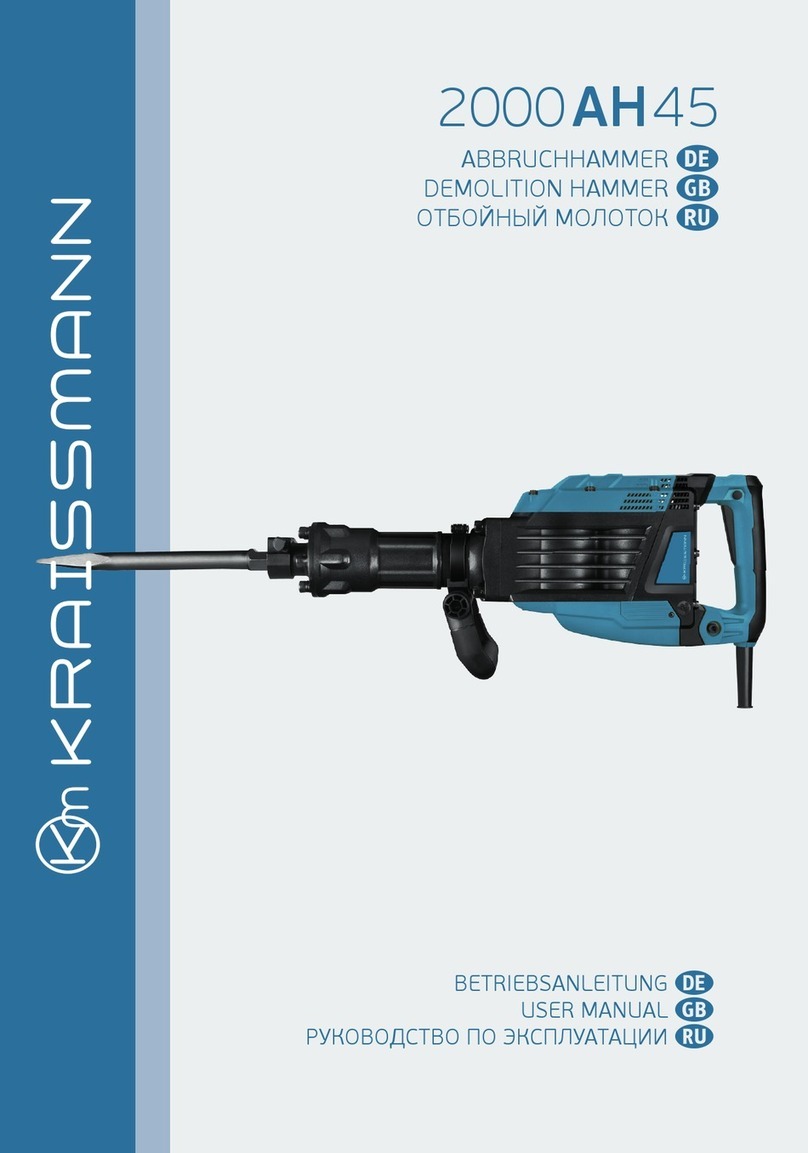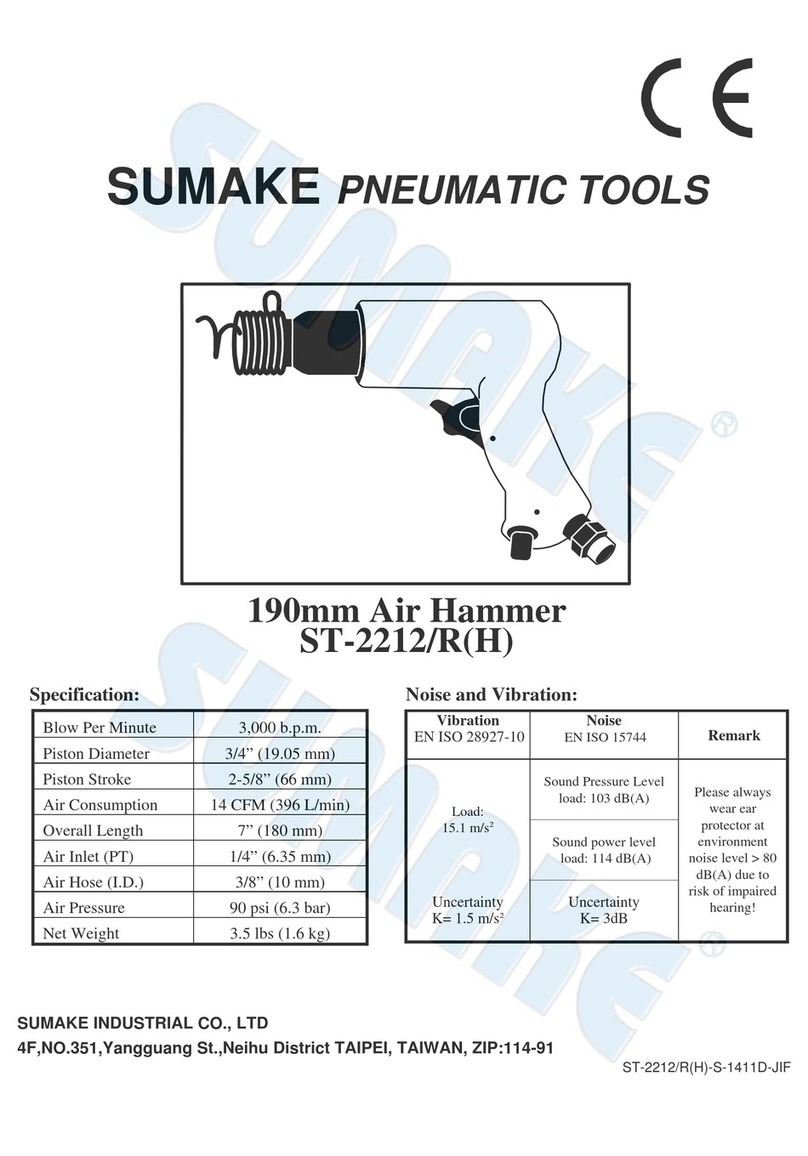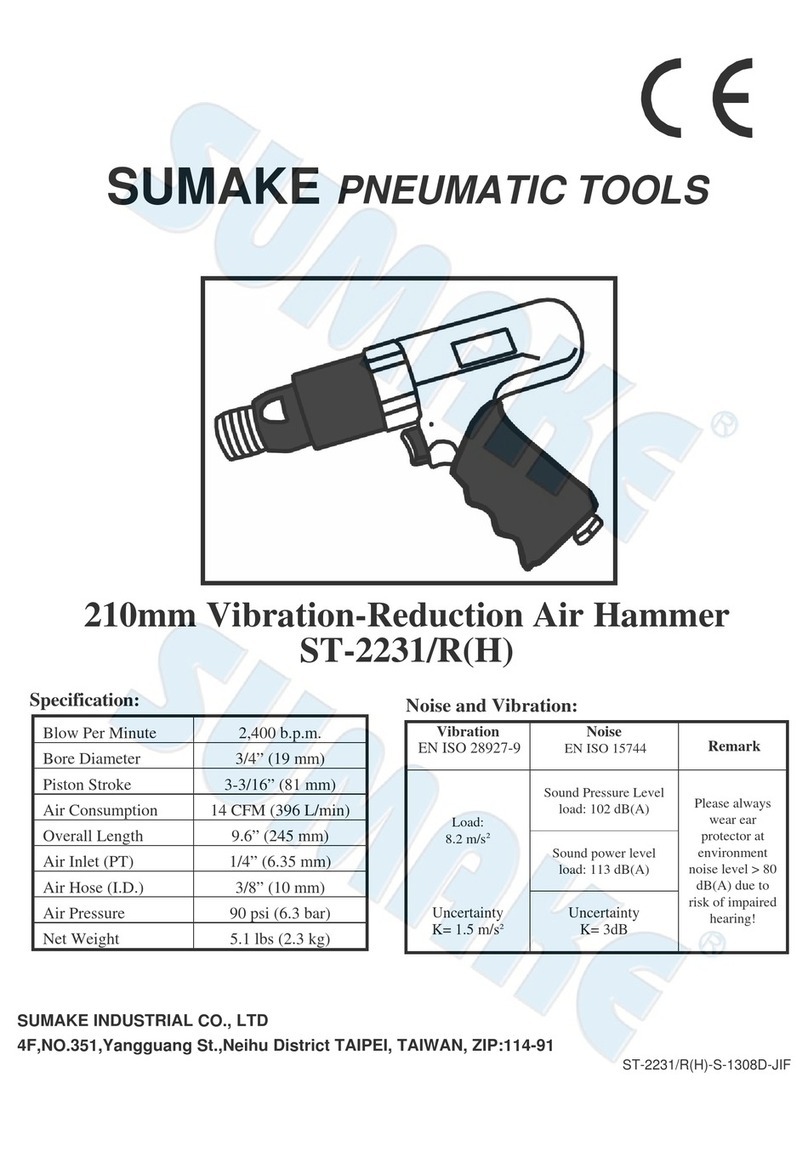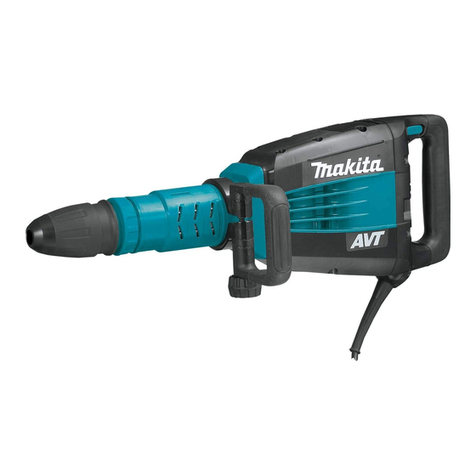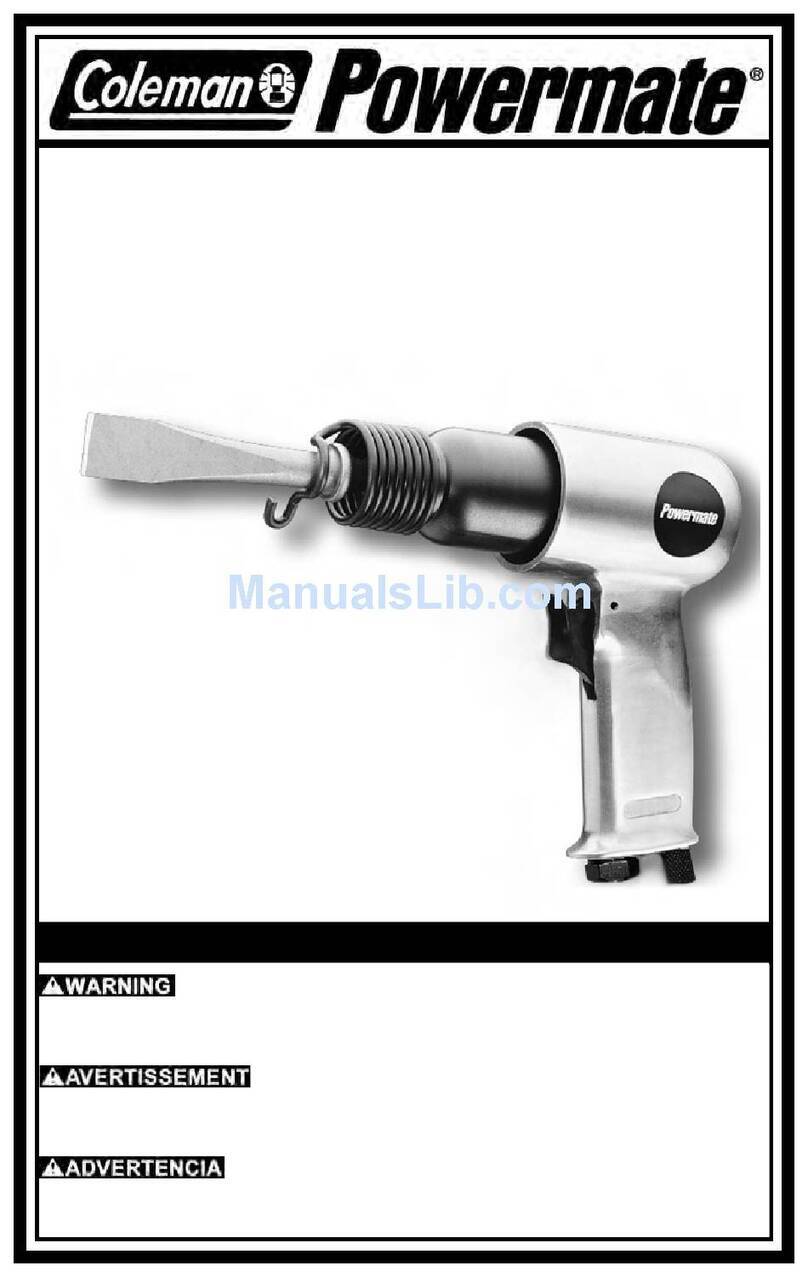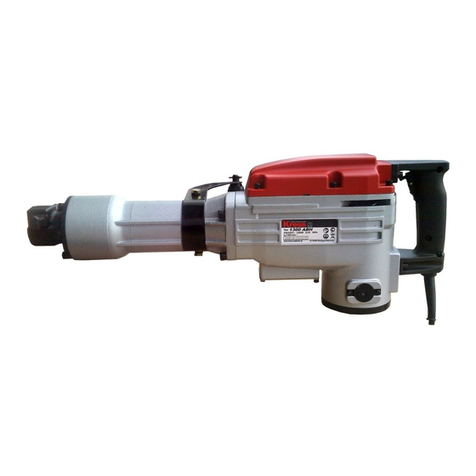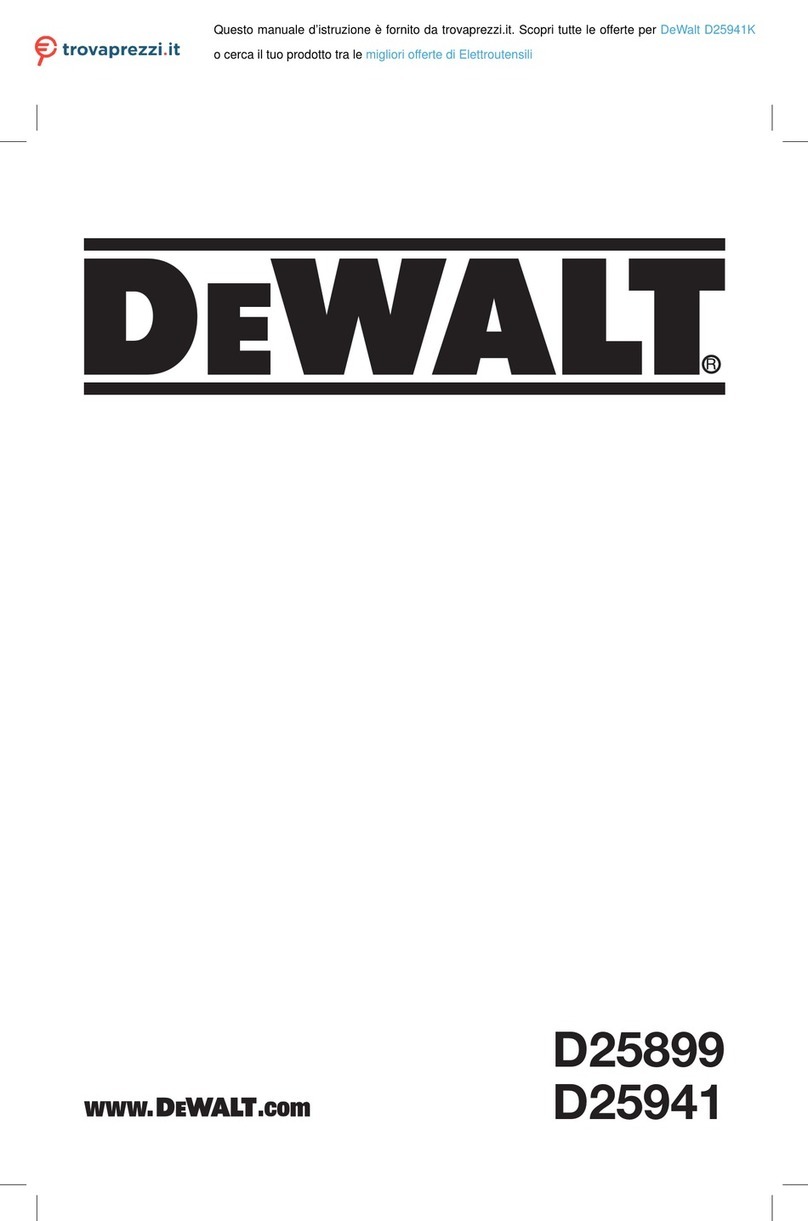
Champion
®
RC300
TABLE OF CONTENTS Page
Section I General Description ........................................... 1
Functional Description ............................................................. 2
1. Backhead ........................................................................ 2
2. Connector Pins ................................................................ 2
3. Check Valve Seat........................................................... 2
4. Check Valve .................................................................. 2
5. Check Valve Spring........................................................ 2
6. Collection Tube ............................................................... 2
7. Collection Tube Housing ................................................ 2
8. Belleville Washers .......................................................... 2
9. Feed Tube Housing ......................................................... 3
10. Feed Tube Compression Ring ........................................ 3
11. Feed Tube ........................................................................ 3
12. Piston ................................................................................ 3
13. Case ................................................................................. 3
14. Bit Bearing........................................................................ 3
15. Snap Ring......................................................................... 3
16. Bit Retaining Rings........................................................... 4
17. Thrust Washers ................................................................. 4
18. Chuck............................................................................... 4
19. Chuck Bushing ................................................................ 4
20. Drive Plates ...................................................................... 4
Section II Maintenance................................................................. 5
Disassembly .............................................................................. 5
Inspection.................................................................................. 8
General Assembly.................................................................. 11
Feed Tube Assembly .............................................................. 11
Hammer Assembly ................................................................. 12
Section III Parts Identication ................................................... 14
Challenger RC300 Exploded View................................14 & 15
Part Number Reference .................................................14 & 15
Section IV Air Consumption Chart.......................................... 16
Section V Lubrication................................................................... 17
Section VI Storage......................................................................... 18
Short Term................................................................................ 18
Long Term ................................................................................ 18
Restarting................................................................................. 19
Section VII Button Bit Maintenance ....................................... 20
General.................................................................................... 20
Sharpening .............................................................................. 20
Section VIII Recommended Spares....................................... 21
Challenger RC300 Recommended Spares.......................... 21


